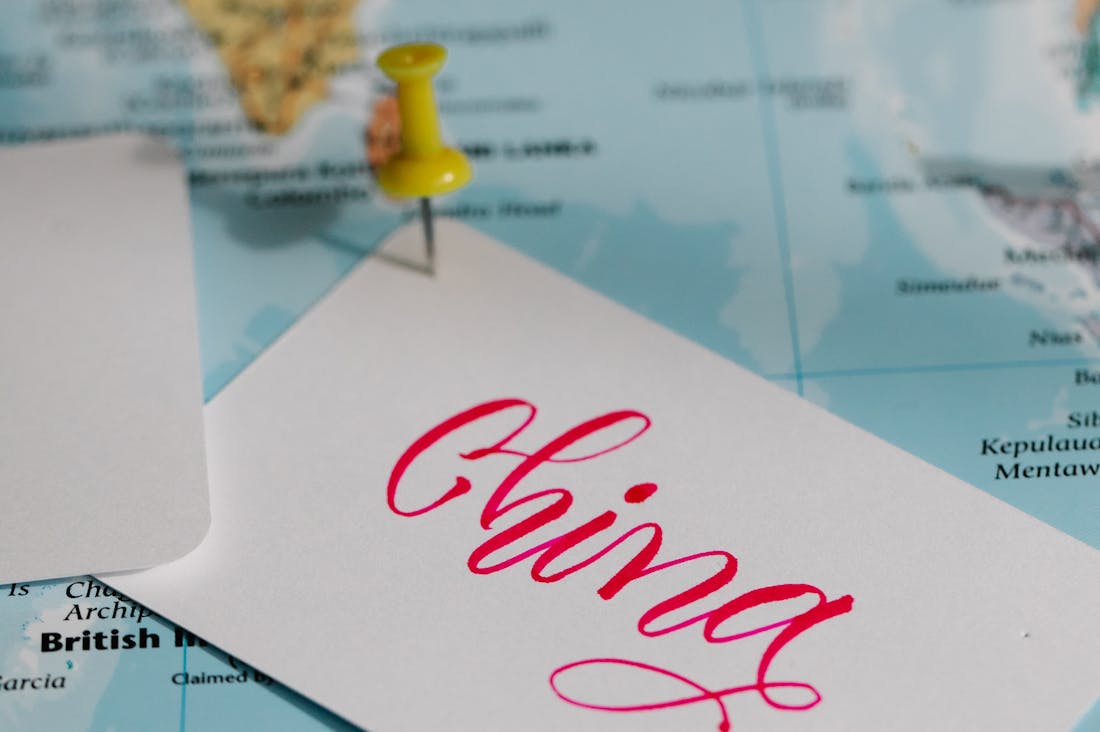Cultural influences play a pivotal role in shaping travel preferences across the globe, as they intertwine with traditions, values, and social norms. From culinary tendencies to preferred modes of transportation, each culture fosters unique travel experiences. Understanding these influences not only enriches the journey but also enhances cross-cultural connections, making travel more meaningful and transformative.

Defining Cultural Influence
Cultural influence refers to the ways in which cultural norms, values, practices, and beliefs shape individual behaviors, community dynamics, and societal structures. It encompasses the transmission of culture through various mediums, such as art, literature, religion, and social interactions, often affecting how people perceive and interact with the world around them. This influence can manifest in multiple forms, including language, traditions, and culinary practices, as well as in more abstract realms like identity and ideology. As globalization accelerates, cultural influence becomes increasingly complex, often leading to the blending of traditions and the emergence of hybrid cultures that reflect both local and global elements. Understanding cultural influence is crucial for fostering cross-cultural dialogue and promoting appreciation for diversity in an increasingly interconnected world.

Travel Trends in Different Regions
Travel trends across different regions are shaped by a blend of cultural preferences, economic factors, and environmental considerations. In North America, there is a notable shift towards sustainable tourism, with travelers increasingly opting for eco-friendly accommodations and experiences that prioritize conservation. Europe continues to see a rise in wellness tourism, as people seek rejuvenating retreats and health-focused activities amidst scenic landscapes. Meanwhile, in Asia, cultural and heritage tourism is gaining momentum, with travelers drawn to immersive experiences that highlight local traditions and cuisine. Africa experiences a boom in adventure tourism, with safari experiences and outdoor activities attracting thrill-seekers. Each region reflects a unique tapestry of interests that influences how people explore the world.

Impact of Culture on Activities and Destinations
Culture profoundly influences activities and destinations, shaping the experiences travelers seek and the ways communities engage with their identities. For instance, a region's historical practices, religious beliefs, and artistic expressions can dictate local festivals, culinary traditions, and recreational opportunities. In countries rich in cultural heritage, such as India or Italy, travelers are often drawn to activities that highlight traditional art forms, music, and architecture, enhancing their appreciation of local customs. Conversely, contemporary culture can steer tourism towards modern attractions like tech hubs or urban art scenes. Ultimately, culture not only offers a unique lens through which to explore destinations but also fosters connections between visitors and locals, enriching the overall travel experience.
The Role of Festivals in Cultural Tourism
Festivals serve as vibrant expressions of cultural identity and are crucial in promoting tourism. These events reflect a community's heritage and traditions, showcasing music, dance, culinary delights, and art forms unique to the region. Travelers often seek out these festivals to immerse themselves in local culture, allowing for authentic experiences that go beyond typical tourist attractions. For instance, events like the Rio Carnival in Brazil or Diwali in India attract global visitors, highlighting how cultural celebrations can boost local economies while fostering a sense of pride among residents. Festivals not only draw tourists but also create opportunities for cultural exchange, enhancing understanding and appreciation of diverse customs.
The Impact of Digital Media on Travel Choices
In today's digital age, social media platforms and travel blogs significantly influence travel decisions. The visual nature of platforms like Instagram and Pinterest allows users to discover destinations through captivating imagery, often driving the desire to visit specific cultural landmarks or events. Influencers and travel enthusiasts share their experiences, creating a ripple effect that shapes public perception about various locations. This digital landscape also enables travelers to connect with local communities, enriching their journeys through interactions that may have been difficult to facilitate in pre-digital times. As a result, cultural influences are now more accessible, making it easier for travelers to find authentic experiences that align with their interests and values.
Culinary Tourism: A Taste of Culture
Culinary tourism has emerged as a prominent trend, allowing travelers to explore destinations through their local cuisines. This form of tourism emphasizes the relationship between food and culture, with many travelers seeking authentic culinary experiences that reflect the history and identity of a region. Dining at local eateries, participating in cooking classes, or visiting markets can provide insights into cultural practices and social customs. For example, enjoying street food in Bangkok offers not just sustenance but also an understanding of Thai culture and communal dining traditions. As food becomes a central part of travel, it encourages sustainable practices and supports local economies, further intertwining gastronomy with cultural exploration.
The Influence of Language on Cultural Travel
Language plays a vital role in shaping travel experiences, influencing not only communication but also the understanding of cultural nuances. When travelers engage with locals in their native tongue, it often leads to more authentic interactions and deeper connections. Additionally, language can affect how visitors perceive cultural norms and practices, as translations may alter meanings that are tied to local traditions. For instance, understanding idioms or phrases unique to a culture can enrich a traveler's experience, offering insights that go beyond surface-level engagement. Language learning apps and immersion programs have become popular tools, encouraging travelers to embrace linguistic diversity while fostering respect for the cultures they encounter.
AI-Assisted Content Disclaimer
This article was created with AI assistance and reviewed by a human for accuracy and clarity.